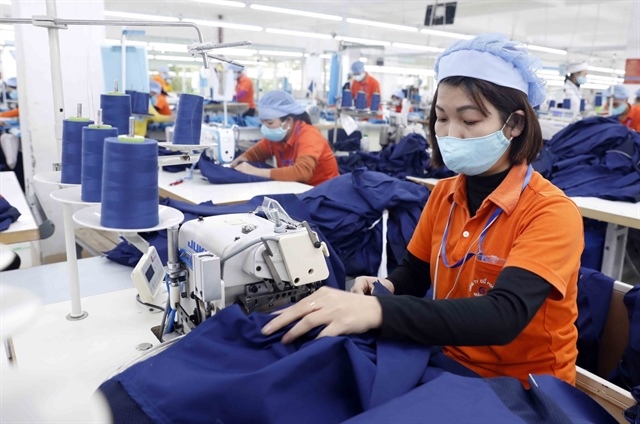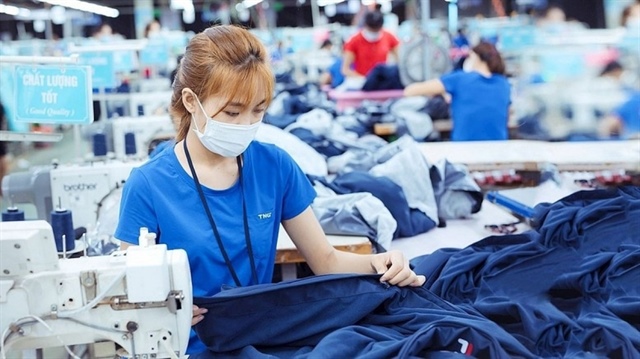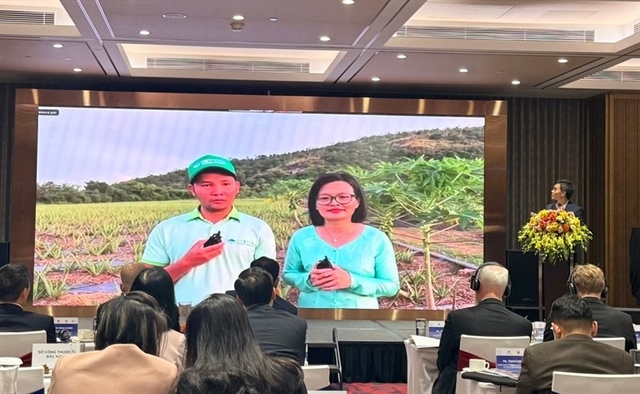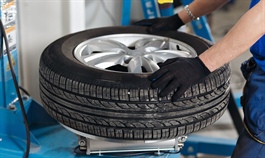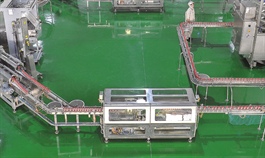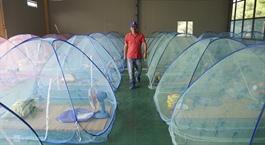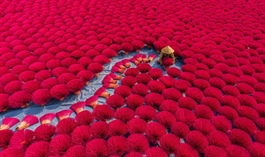Agricultural troubles hampering business recovery
Agricultural troubles hampering business recovery
Some farmers and distributors remain hesitant to restart operations meaning Vietnam could face food shortages in places, with vaccinations and conditional free movement seen as salvation.

Phung Duc Tien, Deputy Minister of Agriculture and Rural Development, has his hands full directing the reproduction of crucial agricultural commodities to circumvent any danger of food shortages in the last months of the year.
Vietnam still wants agriculture to grow by 2.8 per cent in 2021, while maintaining an export turnover of $44 billion.
In this context, the agricultural sector has no choice but to rely on livestock and fisheries – two fields that still have room to grow. However, the shortage of fully vaccinated workers and the current high transportation costs will likely hinder farmers from achieving high growth in the fourth quarter.
The stagnant flow of goods and discouraged farmers were the issues the Ministry of Agriculture and Rural Development’s (MARD) Working Group 970 reported to the prime minister last month.
According to the report, the agricultural production chain has suffered under the temporary closure of many seafood processing factories. In the south, which accounts for 65 per cent of Vietnam’s seafood exports, many companies have been pushed into the doldrums. The MARD estimates that the capacity of seafood processors in this region has decreased sharply by around 60-70 per cent.
Meanwhile, Vietnam’s $10-billion pork market remains fragmented.
In September, Masan MEATLife reviewed its restructuring plan with shareholders, resulting in a split of its animal feed business and allowing the company to transform its business platform to focus on branded meat.
Meanwhile, Dabaco Vietnam’s goal of becoming a billion-dollar enterprise in the next five years moved further away as the firm’s profits of the third quarter decreased by 64 per cent compared to the same period in 2020.
The market situation in the fourth quarter has not shown any signs of improvement so far, and the MARD has recorded a decrease in food consumption by 30-40 per cent. Industrial chicken consumption decreased by 70 per cent, while the selling price of pork and breeding pigs remained at a low level.
The restrictive orders to control the pandemic in the south narrowed the output of pig farms in the southern province of Dong Nai throughout the third quarter, with many households selling their herds early to cut losses. This, however, affected the breeding process and slowed down efforts to restore herds.
Another critical point to resolve is that pork imports continue to increase because Vietnam still has a supply-demand deficit, despite the large scale of domestic pig production which almost recovered to pre-African swine fever levels. But despite this, in the first nine months of 2021, Vietnam imported 125,600 tonnes of pork, mainly from Russia, Germany, and Poland, according to the MARD.
Ensuring food security remains a big challenge for Vietnam, despite being one of the world’s leading countries in exporting agricultural products.
The seafood industry is also in trouble – Nam Mien Trung, one of the largest shrimp companies in Vietnam, is restricting personnel movement between its seven production zones in Bac Lieu, Long An, Ninh Thuan provinces and a representative office in Ho Chi Minh City due to quarantine regulations.
“Hindering people’s movements between provinces, despite the fact that they have had two injections, is making vaccinations no longer meaningful,” said general director Nguyen Hoang Anh.
In the south, many businesses are preparing to enter the peak production season to serve the upcoming Lunar New Year celebrations, but remain worried about broken supply chains.
Nguyen Hoai Nam, deputy secretary general of the Vietnam Association of Seafood Exporters and Producers (VASEP) said, the shortage of workers is increasingly serious, especially in large-scale enterprises. Many businesses do not have enough goods to deliver according to their orders because there are not enough workers to buy raw materials and maintain production.
Currently, production cost per unit is large as many firms currently operating have had to invest in the stay-at-work model, general pandemic prevention, and continued wage payments for currently laid off employees, Nam added.
The application of the prime minister’s Directive No.16/CT-TTg from last year on fighting COVID-19 in the southern provinces and cities led to congestion in the circulation of rice and other field goods from factories to the export ports. The MARD’s Department of Crop Production (DCP) estimates that the summer-autumn rice procurement volume will decrease by up to 30 per cent compared to the same period in 2020.
Moreover, the amount of goods stuck in stock also greatly affects operations while transport difficulties slow down exports. For instance, rice inventories of the Northern Food Corporation amounted to 118,000 tonnes, as of the end of August. The MARD has asked the government to allow the purchase and temporary storage of summer-autumn rice so that farmers can rest assured to produce the autumn-winter crop.
According to the DCP, the total sowing area for the summer-autumn crop in 2021 in the entire southern region was 1.6 billion hectares. Output is estimated at 9,03 billion tonnes, up by 120,000 tonnes over the summer-autumn crop of 2020. In autumn-winter of 2021 in the Mekong Delta, 700,000ha was sown, expected to supply about 3.8 million tonnes.



